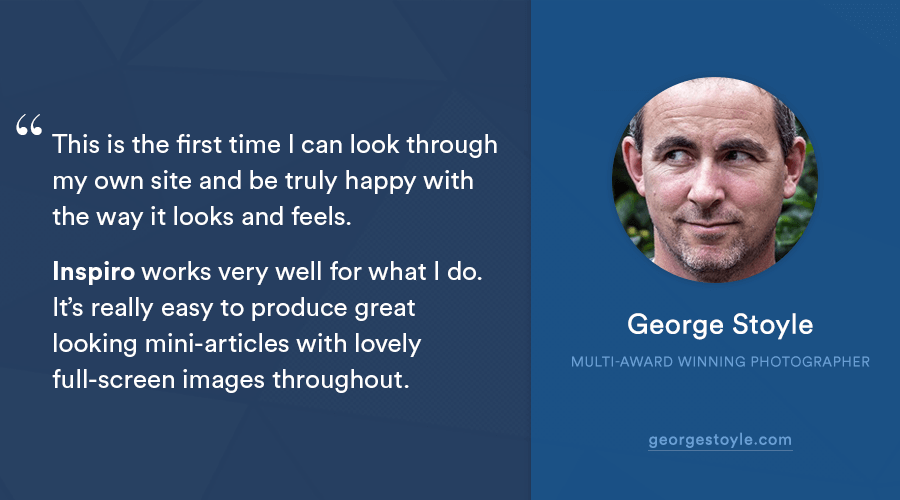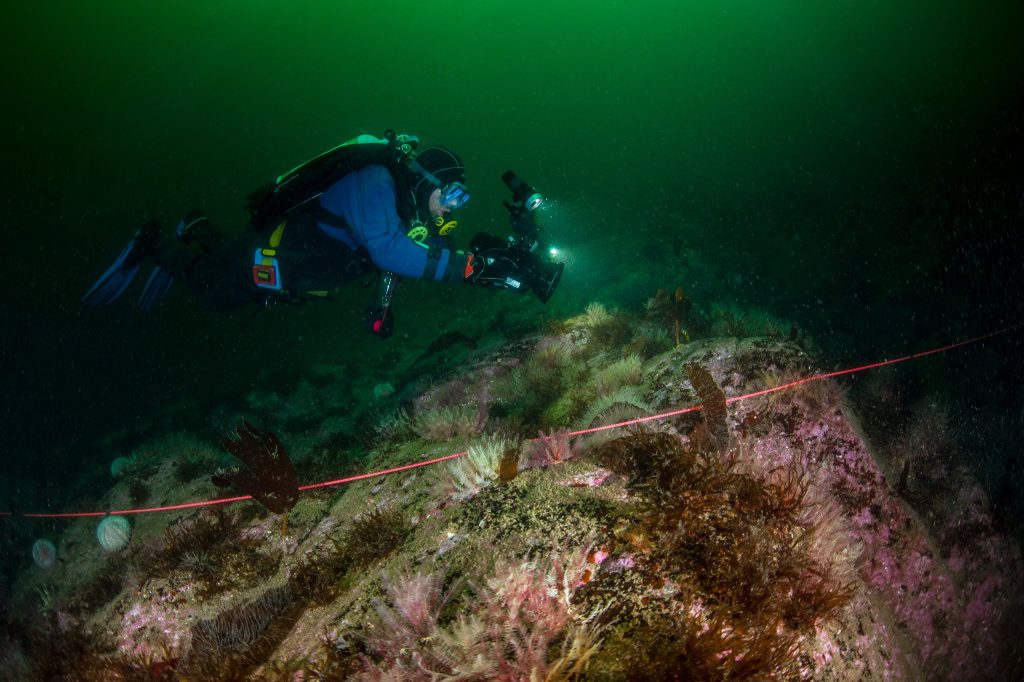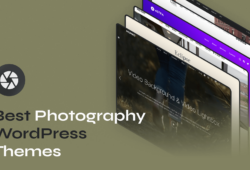
In our case study series we talk to world class experts using WPZOOM themes to level up their businesses. We’ve had the pleasure of talking to world-leading creatives this year, including filmmaker Danny Cooke.
Today I’m delighted to share my conversation with wildlife filmmaker and photographer George Stoyle.



We came across George’s work at WPZOOM when his incredible photography appeared in The Guardian newspaper as George had won overall in The British Wildlife Photographer of the Year 2016. Much to our surprise, when we looked at George’s website it was running our Inspiro theme.
We had to get in touch with George to find out more.
WPZ: How did you get started as a filmmaker and photographer? When did you realise it was something you could do professionally?
George: I first became interested in photography in the mid-90s when, armed with a cheap compact film camera, I spent a year or so travelling around New Zealand. This really inspired my love of landscape photography which I also came to specialise in a bit later. In the early 2000s I moved to Wales and started working, initially part-time, in marine ecology/conservation.

I lived in Wales for five years and dived fairly extensively around the coast. The people I met during this time inspired me to take up underwater photography so, as soon as I could afford it, I bought my first underwater housing. The next few years I spent working and travelling, diving and photographing, initially going back to the southern hemisphere and then working for some time in various parts of the Caribbean after taking a Masters in tropical marine ecology. This is when I really started to become aware of the value of conservation photography. It was through my research on coral reefs that I really became inspired to start using photography to tell conservation-related stories with the aim of raising awareness of some of issues facing the marine environment.
I started out producing photo stories and this has recently evolved into making short films which is really where my main focus lies these days. To be honest I never really expected photography would turn into a career. I always hoped it would but it didn’t seem like a realistic option a few years ago. Photography was a hobby and passion for so many years but this seemed to slowly evolve alongside my work in marine ecology and now the two seem to have merged into one.
WPZ: A lot of your work is with conservation and research organisations. What role do you see your work playing in aiding those organisations?
George: Photography has played an important role in conservation for decades. A lot of the work I do now is about using photography and videography to document projects which are working towards better protection of marine species as well as contributing to the public’s greater awareness and understanding of marine conservation-related issues.
https://vimeo.com/172767387
Photography plays an increasingly crucial role in making people aware of the threats faced by the natural world with an instantaneous power arguably greater than the written word and with the ability to bridge language and cultural barriers.
Ultimately photography can be a hugely positive influence in contributing to global change.
WPZ: You recently won British Wildlife Photographer of the Year 2016. Congratulations! How did that happen?
George: I won with a photo of a jellyfish I took whilst diving at St Kilda, a group of islands about 100 miles west of mainland Scotland. The species itself, a lion’s mane jellyfish, is not unusual, but it was a particularly large specimen which also had a load of juvenile fish using its stinging tentacles as refuge from predation.

Being right out in the Atlantic the clarity of the water around St Kilda is usually very good and the marine life, in general, is pretty abundant and in some spots quite spectacular so you can’t really fail to get a few decent shots. However, the jellyfish was a chance encounter, as are many photos of this kind, so I was just lucky to be in the right place at the right time.
I also had two more images from this trip highly commended in the competition so it just goes to show what an incredible place St Kilda. It is known as the holy grail of UK diving and for good reason.
WPZ: Your site runs Inspiro and shows off your work beautifully. How has using the theme helped your business?

George: I only launched the new site 2 months ago so it’s really early days. However, I’ve had numerous incarnations of a website over the years and I’ve never been happy with any of them. This is the first time I can look through my own site and be truly happy with the way it looks and feels. It’s a very visual site and that works very well for what I do. It’s really easy to produce great looking mini-articles with lovely full-screen images throughout. The widgetized homepage is really eye-catching and definitely makes you want to delve further into the site.
WPZ: What advice would you give to aspiring nature photographers and videographers?
George: Don’t get too bogged down with things like megapixels and the rule of thirds. Although equipment and technique are obviously crucial factors in photography it’s much more important, at least in the beginning, to just get out there and take photos. You will inevitably learn as you go, but the importance of getting out and giving it a go, getting to know a particular area and its species cannot be underestimated. Take your time, have patience, create your own luck.



If you are desperate to learn more about your camera or certain techniques, there are masses of workshops run by many inspiring photographers all over the country. Just don’t fall into the trap that buying the latest expensive kit means you will get the winning shot. Technology is so good these days that even entry-level cameras and are perfectly decent for most types of photography. Even phone cameras are starting to become useful for more specialist types of photography.
Very inspiring to see how doing incredible work can lead to opportunities opening up supporting causes you believe in. Thanks for taking the time to talk, George!
If you want to keep up to date with George then check out his site and follow him on Twitter and Instagram.
This interview has been edited and stylised for editorial clarity.



June 9, 2017 11:14 am
Nice post…thanks for sharing about talking photos, videos and conservation with British Wildlife Photographer. It is really helpful post for readers, I also like this. Also pictures are very beautiful. Keep sharing!